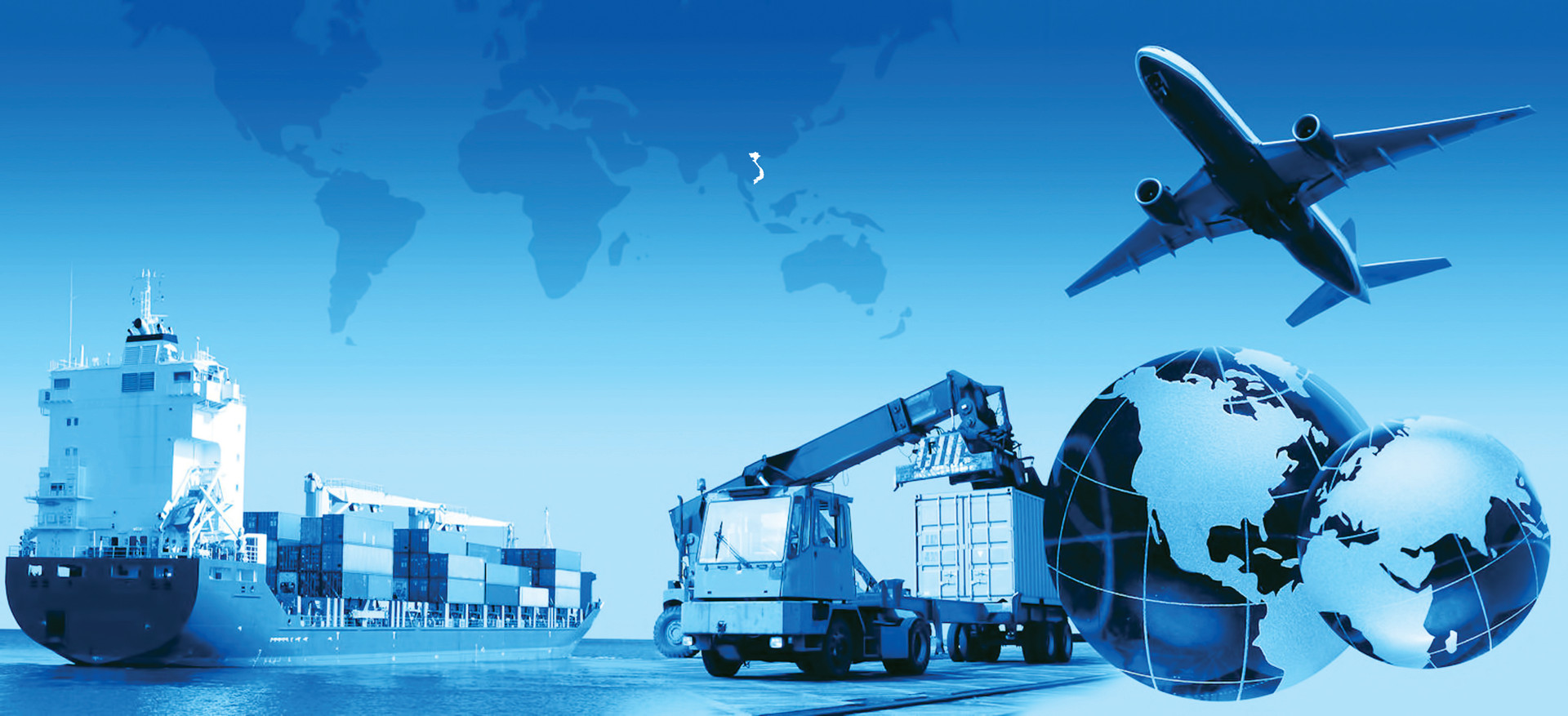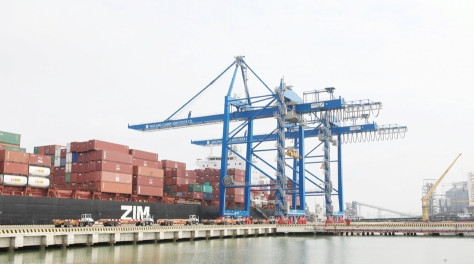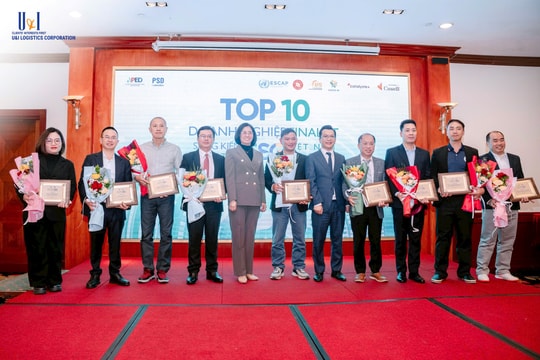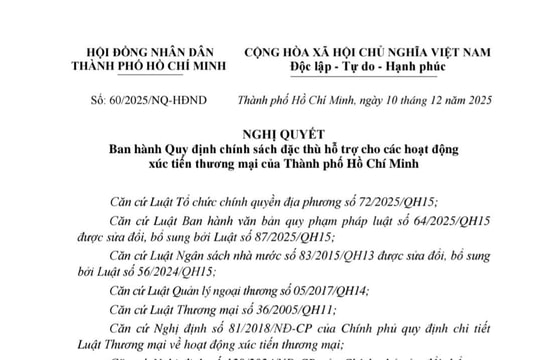
It has been 5 years since Vietnam’s accession to the World Trade Organization (WTO). For the year 2008 was the time of global recession, the logistics service industry in the process of integration, like other industries, has experienced “gains and losses”.
And in the condition of global recession, the import-export turn-over has increased 1.6 times (the turnover in 2007 was 109.21billion dollars and in 2011,203.6 billion dollars), and the retail market has increased on average 20-25% a year, leading to the relative annual 20-25% increase in logistics service industry.
For a good review of the industry of Vietnam at the time of 5 years after accession to WTO, the industry should be studied in connections to all its related factors: infrastructure system, legal framework, logistics service providers, shippers and human resources.
Infrastructure
There have been many significant improvements, especially in seaport investment: there have been deep-sea ports with equipments and loading-unloading capacity of regional standards and in road system: developing connecting road systems from industry zones and cities to ports, developing the expressway systems, developing more inland-container depots (ICD), and developing logistics hubs, logistics zones, modern warehouse system, delivery centers… Although there have been limited outcomes due to the global recession, we have been in good preparation for basic conditions of a regional and even global logistics hub in the coming time.
Sea, road, waterway, air, rail road, tube transportation in important order are major means of transportation for import-export goods and retails in Vietnam market. And thanks to applying new method of investment as purchasing power parity (PPP), Vietnam has attracted logistics corporations’ and businesses’ investments in infrastructure in international standards. There have been so far 60 liners, 51 airlines and most of global logistics companies in TOP 25 providing services, and doing business in routes that connects Vietnam to the world outside.
Besides the fact that the logistics connecting programs in ASEAN and Greater Mekong Sub-region countries are taking effects, cross-border transportation activities to South-West corridor and to the Southern have had good results at initial stages. The amount of cargo through ports increased from 181 tons (in 2007) to 286 tons (in 2011) –increased 1.58 times; and the amount of container from 4.5 million TEU (in 2007) to 7 million TEU (in 2011) – increased 1.59 times, and air cargo businesses has experienced a similar increase in the condition of global crisis.
Information and communication technology has also been invested and therefore, it has developed to serve logistics activities, leading to the time-saving, and especially bringing adding values to Vietnam supply chain.
However there have still been many problems as the lack of synchronous investments, regionally higher logistics fee, shortcomings in planning, inaccurate predictions, especially we are facing with “knots” as traffic congestions, loading capacity limitation, long traveling time in cities, polutions or problems with information and procedures… leading to weak logistics activities and limited competition advantages of Vietnam supply chain.

Logistics - related legal framework
As commitment, in the process of integration to logistics service activities, Vietnam government, Ministries and authorities of different levels have had positive movements: besides the decree 140/2007/NĐ-CP, there have been many legal regulations of transportation, seaports, import-export, customs and tax…and planning of transportation, seaports, sea freight, road and waterway transport, inland container depot (ICD) and logistics parks…. till 2020 with the vision till 2030. In fact, the law corridor as mentioned has had good effects on both logistics market and the logistics industry as well.
Significant improvements of governmental procedures were Project 30, and especially those in customs: customs electronization and one-stop customs. These improvements have played a part in boosting logistics services.
However, the law corridor for logistics services from Trade Code (2005) and the decree140/2007/NĐ-CP is not adequate for a fairly competing logistics service market and for developing logistics service industry- a young industry but soon to be a “spear head” one.
Logistics Service Provider (LSP)
After the accession to WTO, with the policies of allocating business ability and equitization, the number of small and medium businesses involving in logistics activities has significantly increased, it is estimated that there have been over 1,000 businesses operating in logistics services (compared to 600-700 businesses in 2007), among which there are global logistics businesses: 100%-foreign capital companies, joint-ventures, and other forms of business which developed from agencies or representative offices.
After 5 years of integration, the major of Vietnam logistics businesses which are normally small in size and weak in capital has been operating efficiently thanks to providing various forms of services, having good service manners. A few of them have had good investments in skills and technologies and have been operating in high quality service 3PL (integrated logistics) or doing parts of services from foreign 3PL or 4PL companies. And foreign capital businesses having advantages in many fields are taking leading parts in Vietnam logistics service markets.
Besides, abilities to cooperate and to merge are characteristics of Vietnamese logistics businesses to share and employ advantages. There have been problems in inadequate investments in human resources and information technology, and inadequate support in policy from the Government. They become thorny problems in the process of accession to WTO. In 2012- and at the latest in 2014, logistics services related to transportation and logistics will be open for foreign businesses.
Logistics service users
FROM PRACTICAL SITUATIONS, THERE ARE SOLUTIONS FOR THE PERIOD 2012-2015 1/There should be “a conductor” for Vietnam logistics industry. Logistics service activities involve activities from different ministries and branches. The lack of synchronous connection will lead to waste, inefficiency, and cost-raising, causing a raise of logistics fee on GDP and therefore, badly affected Vietnam economy. Besides, ministries and departments have not had offices in charge of logistics services and logistics industry is now thought belonging to the field off transport or of import-export. Therefore, there should be “a strong hand” to connect logistics businesses and develop logistics industry at its initial stages. 2/There should be a legal framework boosting the logistics service market and levering other industries. In addition, it ensures fair competitions among participating businesses. Keep developing policies that use investment sources in PPP, ODA form or foreign investment to improve the infrastructure in the condition that the state capital is inadequate. And should there be another decree that is more suitable to current situation to replace the decree 140/2007/NĐ-CP? 3/ There should be a program in national level about logistics human resources and there should be a suitable long-term strategy to train management personnel of state level to manage logistics in establishments. |
They are manufacturers, import-export businesses who taking part in Vietnam supply chain to the region and the world… and who are closely related to the development of Vietnam logistic services.
After the incident of September 11th, 2001, the world’s supply chain and logistics industry have experienced great changes. And so have Vietnamese shippers. After the accession to WTO, they have improved their abilities to adapt changes and risks in their supply chains: having better legal knowledge, having thorough prediction and estimation of logistics costs, applying Incoterm 2011, employing preferential given by bilateral treaties, recognizing risks of securities, environment, and technological barriers in international trade.
After accession, the development in trade has led to the development in logistic services. However, there are weaknesses that have been revealed: management staff has had inadequate knowledge about logistics management or about supply chain, affecting badly to logistics services. Besides, practice of buying in FOB, and selling on CIF, being afraid of using logistics service outsourcing have been limitations to the development of Vietnam logistics service industry.
And Vietnam Shippers’ Council has been recently founded and put into operation.
Human Resource for Vietnam Logistics Industry
The Vietnam logistic service industry started several decades later than those of developed countries. Therefore, Vietnam logistics service industry should start from a crucial factor: human resources.
After the accession, logistics perceptions have been reconsidered and thus, there have been improvements thanks to efforts from both side: state’s management authorities and logistics businesses, especially schools and institutes have also played important parts. The integration itself has brought many experiences, practices, and new models in doing logistics businesses in real Vietnam conditions.
There have been blooming activities in training, publishing as those in “hot” fields like finance, and real estate. But so far, human factor has been real “knot” that the logistics industry has to untie in next stages.
The most considerable achievement that we have had so far is the development of infrastructure, the seaport activities have created new image to Vietnam logistics. In addition, it is timely issuing of new policies that has created and strengthened the competition advantages of logistics services businesses, creating integration to regional logistics industries or global ones. What is more, it is the applying new information technology to logistics management and supply chain …. these are significant achievements in 5 years after the accession to WTO.
In assessments by World Bank in Logistics Performance Index (LPI), Vietnam ranked 53/155 in the two assessments in 2009 and 2011 and ranked 136/162 in Liner Shipping Connectivity Index (LSCI).
Vietnam should have next stages of development to respond to the challenges of the global economy recession.
Being in charge of connecting members, and helping to improve competition abilities of businesses, Vietnam Freight Forwarders Associations in the coming time should cooperate with other associations in logistics industry and communicate with Ministries and related authorities to make good development in the process of integration, overcoming challenges from the time of global economy.



.png)




.png)

.png)



.png)
.png)
